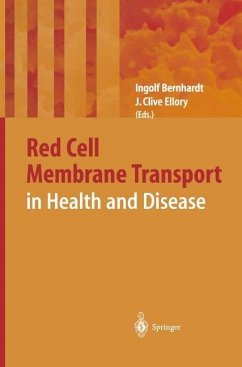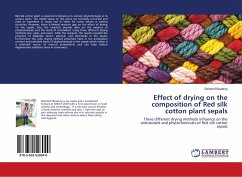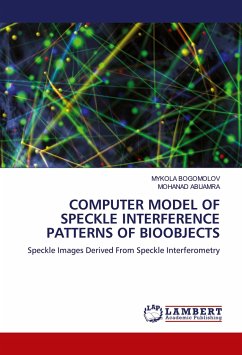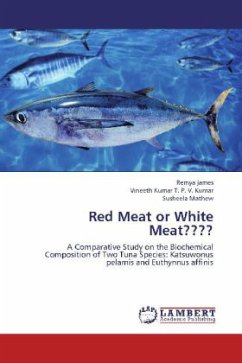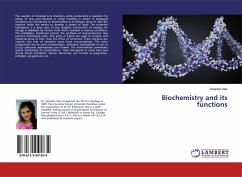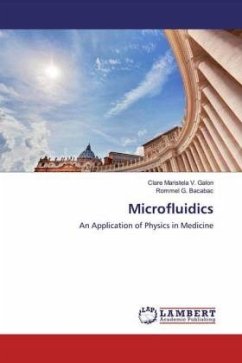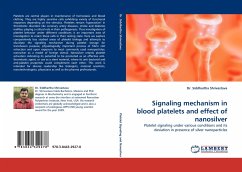
New epitome of human red blood cell destruction
Versandkostenfrei!
Versandfertig in 6-10 Tagen
20,99 €
inkl. MwSt.

PAYBACK Punkte
10 °P sammeln!
Human erythrocytes survive in the circulation for about 120 days. How do they appreciate aging and determine their lifespan? The objective of this monograph is to present a fully new compendium (molecular-sensing) of Heinz body formation mechanisms inherent in human erythrocytes, whereby 1 1 (and 2 2) interface of the hemoglobin molecule ( 2 2) controls removal of erythrocytes from the blood circulation by triggering degradation of the molecule to hemichrome, and subsequent clustering of Heinz bodies within the erythrocytes depending on the internal and extraneous conditions of the erythrocyte...
Human erythrocytes survive in the circulation for about 120 days. How do they appreciate aging and determine their lifespan? The objective of this monograph is to present a fully new compendium (molecular-sensing) of Heinz body formation mechanisms inherent in human erythrocytes, whereby 1 1 (and 2 2) interface of the hemoglobin molecule ( 2 2) controls removal of erythrocytes from the blood circulation by triggering degradation of the molecule to hemichrome, and subsequent clustering of Heinz bodies within the erythrocytes depending on the internal and extraneous conditions of the erythrocyte. So, Heinz body-containing red cells become trapped in the spleen and undergo hemolysis.





